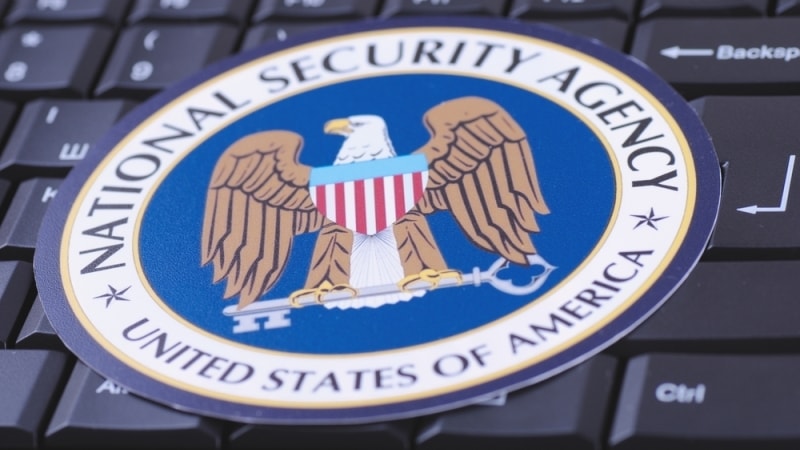
Gen. Paul Nakasone, who heads both U.S. Cyber Command and the National Security Agency (NSA), emphasized the concept of mission, resource, and partnership alignment in the U.S. approach to cyber defense and conflict, and said the proper combination of those and other factors are working to give the United States “an intangible competitive advantage” against adversaries.
“The moment we are in is urgent,” the general said in a keynote address to kick off the 2023 AFCEA TechNet Cyber conference in Baltimore today. “The strategic environment [is] increasingly challenging and increasingly complex,” he assessed.
Highlighting the heightened degree of urgency on cybersecurity just over the past two years, Gen. Nakasone pointed to the “inflection point” reached in 2021 with a rapid-fire series of high-profile attacks on U.S. government and private sector operations, including the SolarWinds and Microsoft Exchange exploits, and the ransomware attacks on Colonial Pipeline and JBS USA.
“In nine months our nation had seen supply chain, zero day attacks, and ransomware,” he said. “I think collectively we understood from that day forward that cybersecurity is national security.”
On the military front, the general said, “we also see a changing character of warfare with the speed of change, greater complexity and ambiguity, [and] threats that transcend traditional geographic borders and warfighting domains.”
He said the new paradigm is “no longer peace or war – steady state is an anachronism today [and] competition, crisis, or conflict are our watchwords.” China, he said, remains “our pacing challenge,” while Russia constitutes “an acute threat.”
“We also see the power of information, information that influences, information that alters an adversary’s calculus, information that impacts kinetic effects, that impacts that kinetic battlefield, information that strengthens partners,” he said.
In the face of those daunting conditions, Gen. Nakasone said “the winners will be those that can set conditions for dynamic collaboration that enable understanding and action.”
“The National Defense Strategy provides a baseline for how we shape the environment, notably integrated deterrence, competition, [and] building enduring advantage,” he said. “So how do we get there? How do we succeed through focus alignment and readiness?
“At [Cyber Command],our strategic approach is persistent engagement. We seize the initiative in this domain, we are not ceding space or time to our adversaries,” he said. “This approach is shaped from campaigning with our defense-forward approach and our supporting relationship to the priorities of the joint force.”
“This allows us to hone our focus, knowing where to commit ourselves, effectively managing resources and risk while in a constant state of adversary engagement,” he said.
Alignment of mission, priorities, and resources remains the key factor, he said.
“You cannot effectively focus without this alignment,” he continued. “Focus is the crosshairs, alignment is the aperture. Alignment informs the placement of combat power, alignment enables not only proper focus, but also synchronization which enables speed and agility.”
“The National Defense Strategy emphasizes campaigning, and at Cyber Command we align our campaigning efforts with our partners,” he said. “Campaigning is the operational level of war, where the results of tactical actions are combined to achieve strategic objectives. Campaigning success relies on connective tissue alignment with partners. Partners across industry, the private sector, the joint force and allies in turn are campaigning engages and enables those partners.”
That resulting end-state of unity of effort, he said, has become “an intangible competitive advantage” to the U.S. and its partners, the general said.
